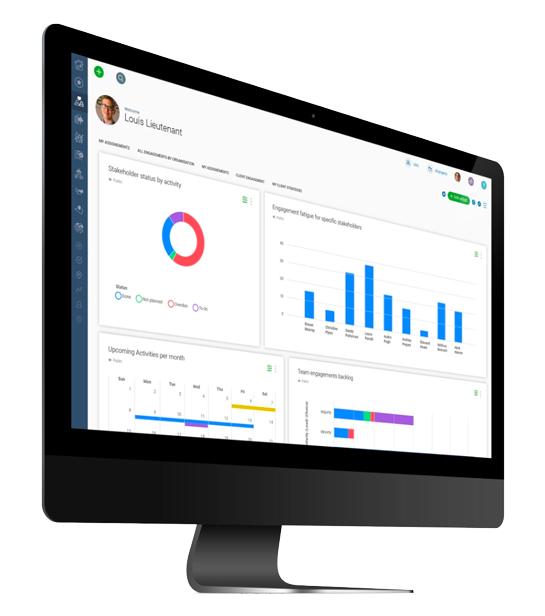Online engagement seems to be the new trend in the stakeholder engagement era. For many community stakeholders, it’s much easier to pick up a smartphone, read about the project, and share ideas or concerns online, right from home. Online communication also makes it easier for organizations to collect information from these otherwise silent stakeholders – whether it’s identifying multiple stakeholder groups in a high-density area through the comments posted on an engagement webpage, or validating concerns with an online survey.
Also, face-to-face communication does have a few limitations. Time is probably the most affected by this approach. After meeting work, family, and other obligations, few people have the time (or energy) to attend a public consultation on a proposed tunnel, electricity tariff, highway or a new railroad at 8 pm on a Monday night. However, some organizations may be running into trouble with the misconception that online stakeholder tools are sufficient for managing a stakeholder engagement strategy.
Online engagement is not a silver bullet
Even in our social media-driven era, people continue to value in-person interactions above all else when it comes to building trusted relationships. That’s because communicating face-to-face speaks volumes better than simple words appearing on a screen. Sitting together in a room allows others to perceive the meaning of your tone, voice inflection, emotion, and body language.
When it comes to inspiring people or moving them to action (including acceptance), nothing beats looking people in the eye and telling them exactly what they need to know. Keep in mind that this works in both directions, which is why face-to-face stakeholder consultation is so effective.
Another important aspect is to validate you are engaging with your real stakeholders.
Virtually anyone can access an online engagement webpage and share their ideas. The last thing you want is to waste time managing concerns – or worse – adopting strategies that are not relevant to those who are actually impacted by your project. So, you still need to validate if the concerns raised online are relevant for your project key stakeholders.

Also, you don’t want to open yourself to people using your online engagement platform to troll your key messages and sowing confusion about your project. In that case, it is important to consider dedicating someone to the task of moderating the information people are sharing online to avoid this risk.





